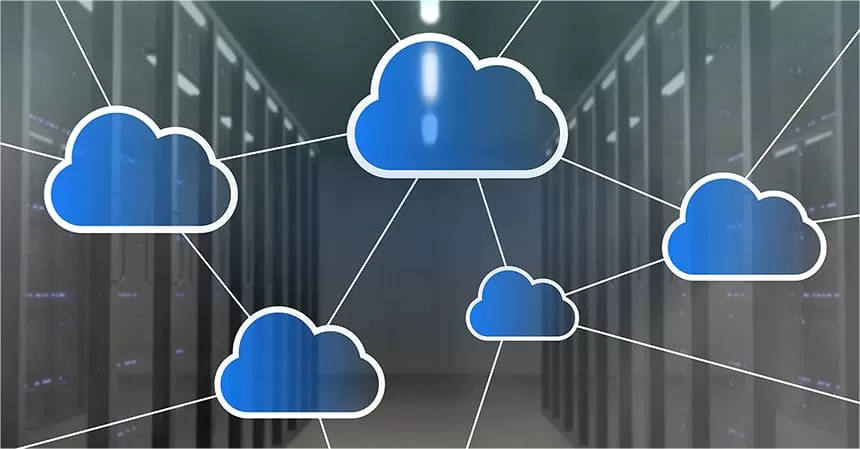Multi cloud storage solutions are gaining significant traction in the broadcasting industry, offering numerous advantages over traditional on-premises storage solutions and single-cloud storage alternatives. Before we walk you through the advantages, let’s answer this question: Why multi-cloud?

Why Multi Cloud for Broadcasting?
In time-sensitive video production, rapid transfer and access to substantial footage are of great importance. Cloud storage have revolutionized this by offering expansive storage capacity and unparalleled speed. This expedites transferring production footage from cameras to storage, allowing editors and producers to promptly review content. Such acceleration extends to post-production tasks like editing and color correction, empowering creative teams to work more efficiently.
Advantages of Multi-Cloud Storage Solutions
Diverse Platform Strengths: Integrating services from various cloud providers allows broadcasters to access the unique strength of each platform.
Risk Mitigation: Multi-cloud solutions help mitigate vulnerabilities associated with relying solely on one provider.
Scalability: Multi-cloud solutions can be scaled up or down to accommodate evolving broadcaster requirements. This attribute is vital for live events with traffic surges.
Enhanced Resilience: Distributing content across multiple cloud providers enhances resilience. In the event of an outage with one provider, redundancy ensures uninterrupted content delivery.
Cost-Effectiveness: Multi-cloud storage solutions offer cost-effectiveness by leveraging different providers’ strengths. For example, one provider might excel in object storage pricing, while another shines in block storage, allowing broadcasters to save overall.
Optimizing Workflows with Multi-Cloud Solutions
In addition to the advantages, multi-cloud storage solutions can also help broadcasters optimize their workflows in several ways. Here are a few ways how broadcasters can use multi-cloud solutions:
Accelerate content delivery: By storing content in multiple cloud regions, broadcasters can reduce latency and deliver content to their audiences faster.
Improve collaboration: Multi-cloud solutions can make it easier for broadcasters to collaborate with external partners, such as production companies and post-production houses. This is because content can be easily shared between different cloud providers.
Simplify management: Multi-cloud management tools can help broadcasters simplify the management of their cloud resources. This can free up broadcasters to focus on their core business activities.

Best Practices for Multi-Cloud Optimization
Broadcasters like NBC Sports, BBC, and ESPN optimize their workflows using multi-cloud storage solutions. NBC Sports utilizes a blend of AWS and Azure for live streaming major events, enabling flexible infrastructure scaling. The BBC manages its extensive content library with AWS and GCP, ensuring global accessibility. ESPN employs AWS and Azure to efficiently create and distribute sports content at scale.
Best Practices for Multi-Cloud Optimization
Choose the right cloud providers: When choosing cloud providers, broadcasters should consider factors such as pricing, performance, and reliability. It is also important to choose cloud providers that offer the services and features that broadcasters need, such as high-availability storage, content delivery networks, and media processing services.
Design a cloud-native architecture: Broadcasters should design their applications and workflows to be cloud-native. This will make it easier to migrate to the cloud and take advantage of the benefits of multi-cloud computing.
Use a multi-cloud management tool: A multi-cloud management tool can help broadcasters to simplify the management of their cloud resources. This can free up broadcasters to focus on their core business activities.
Implement security and governance policies: It is important to implement security and governance policies to protect content and ensure compliance with regulations.
By following these best practices, broadcasters can optimize their workflows with multi-cloud storage solutions and improve their overall efficiency and agility.
Conclusion


